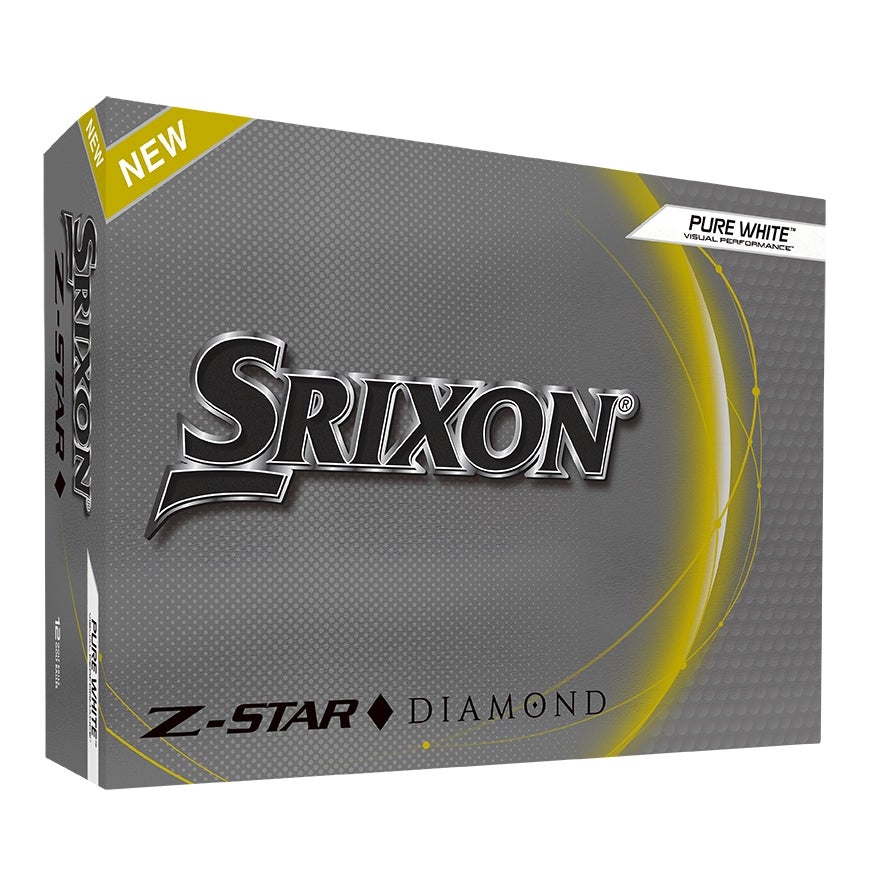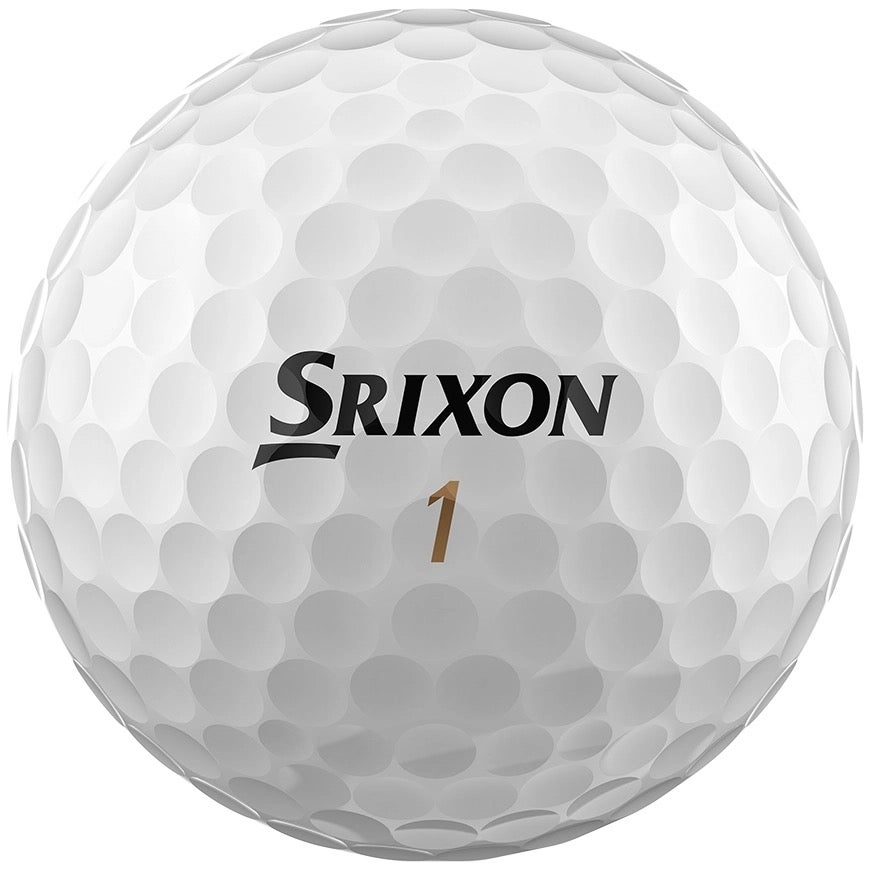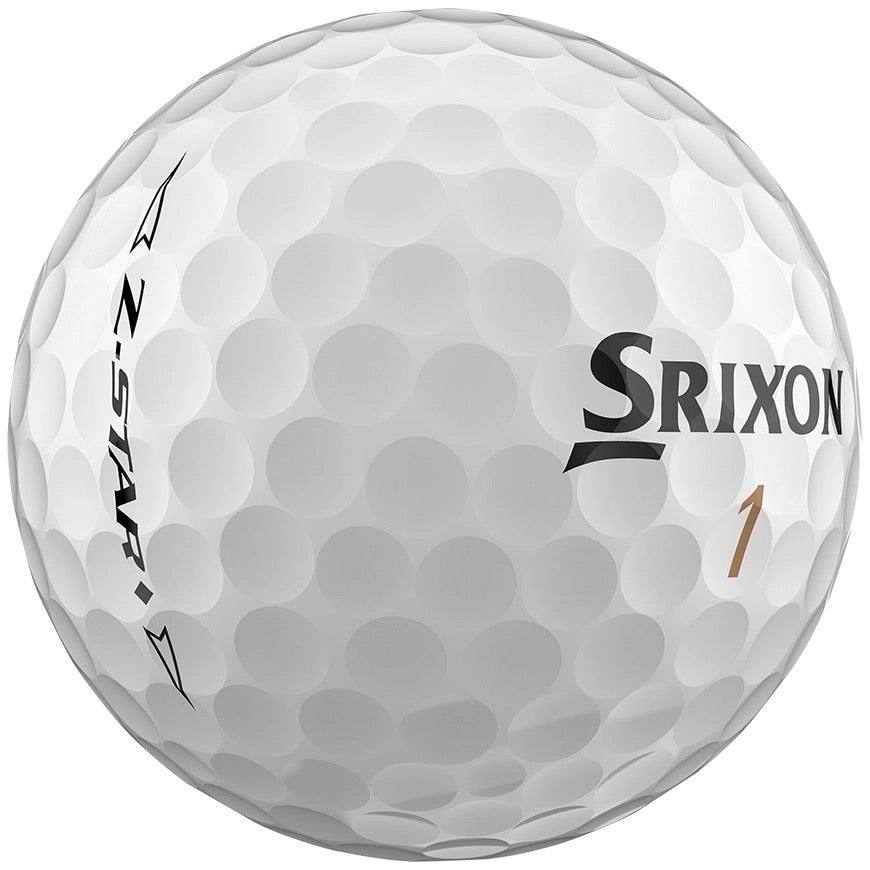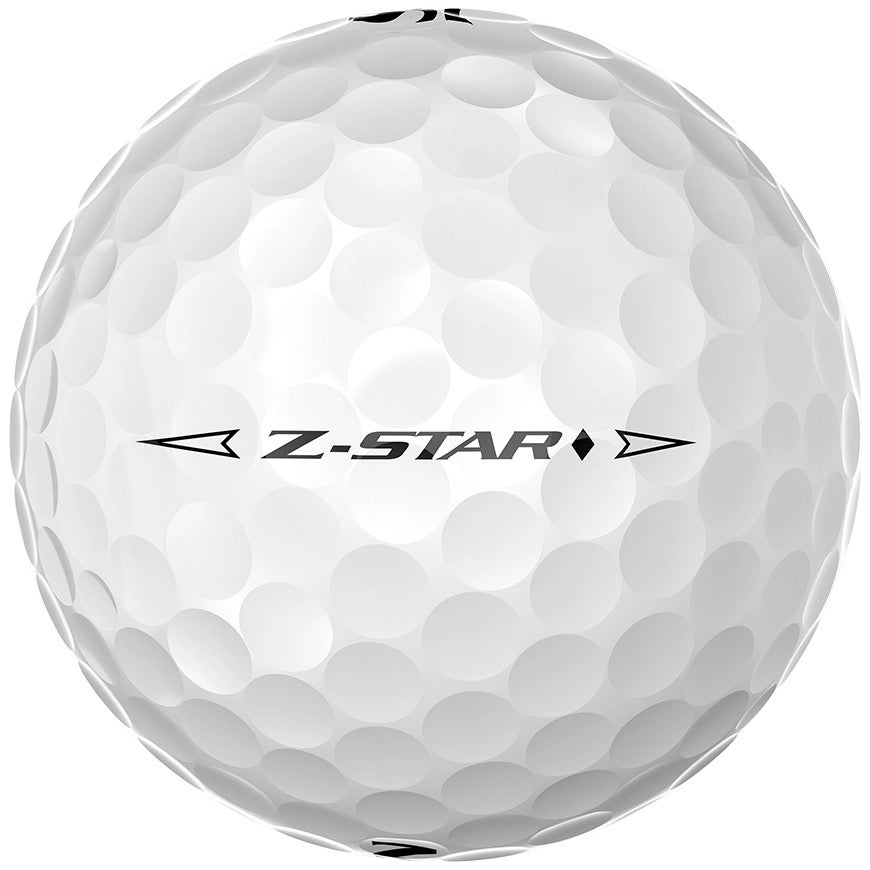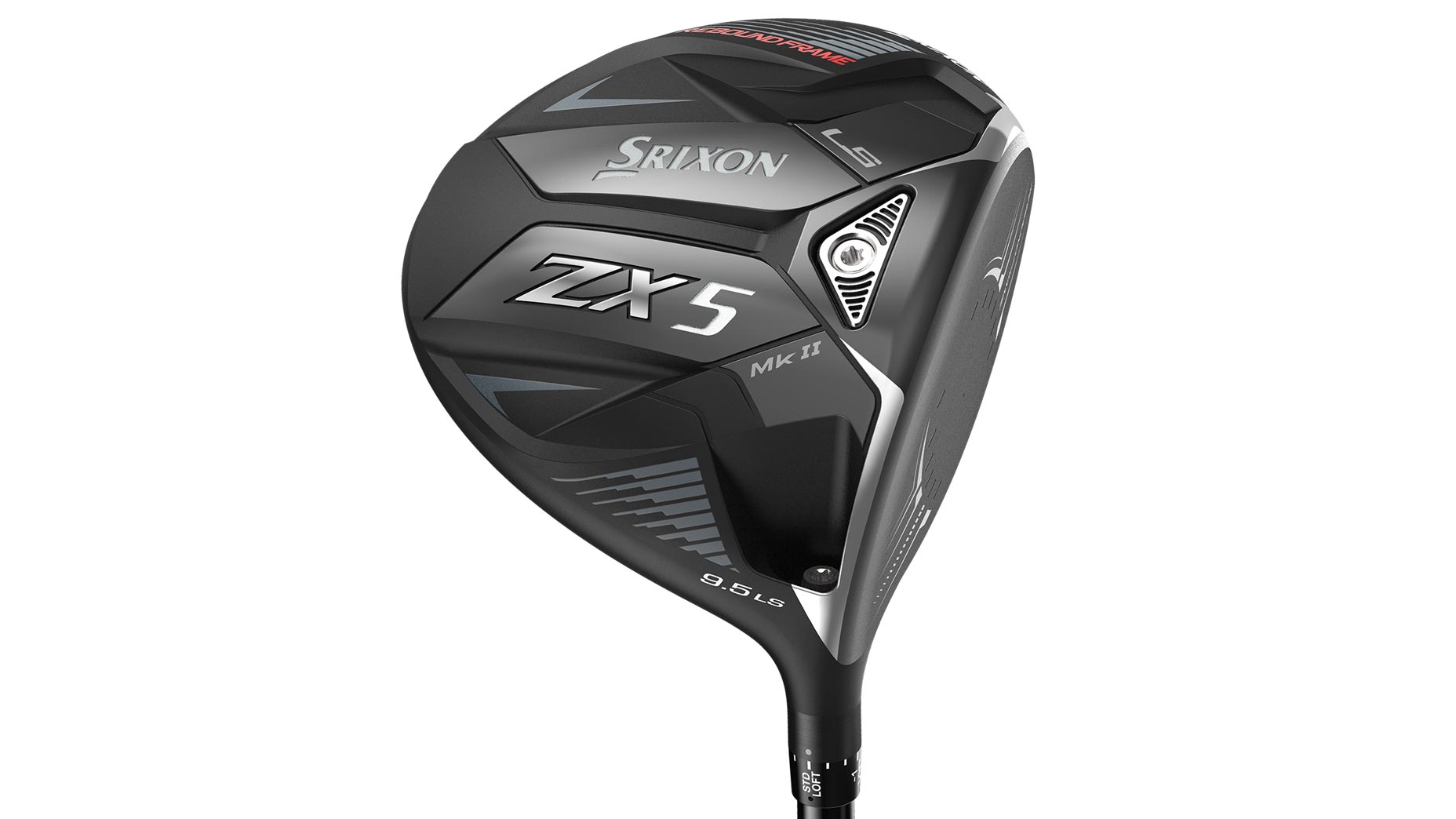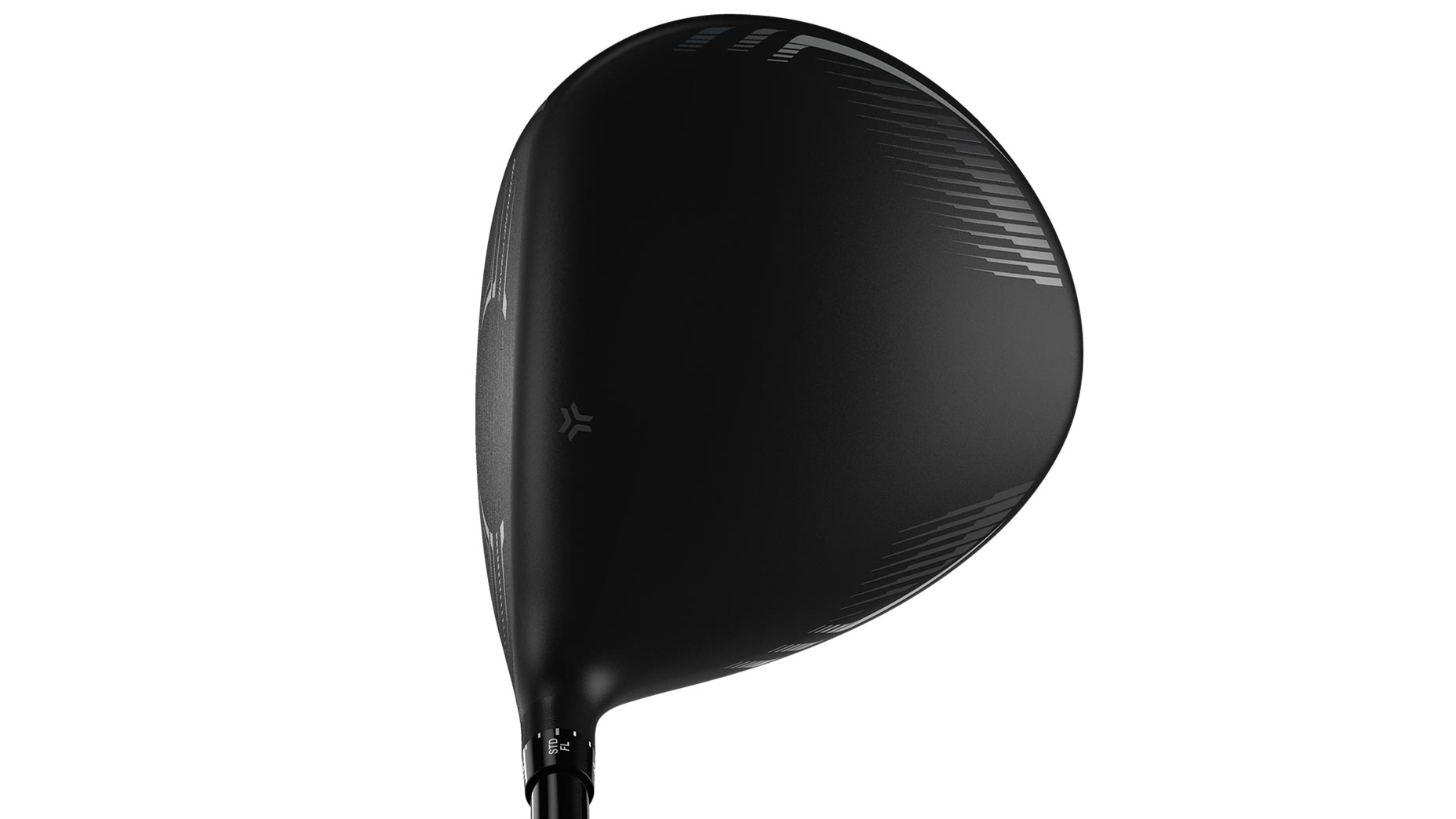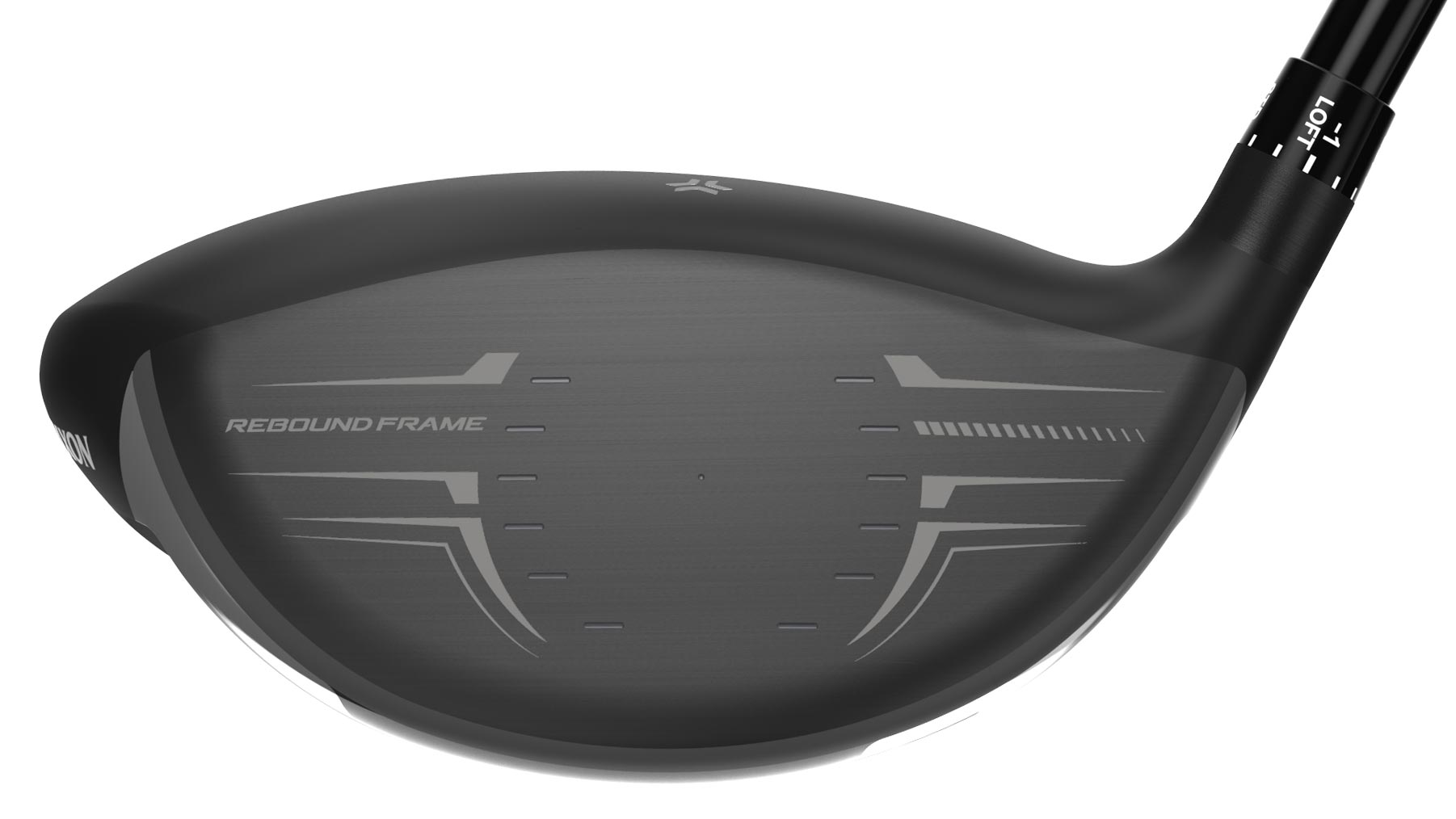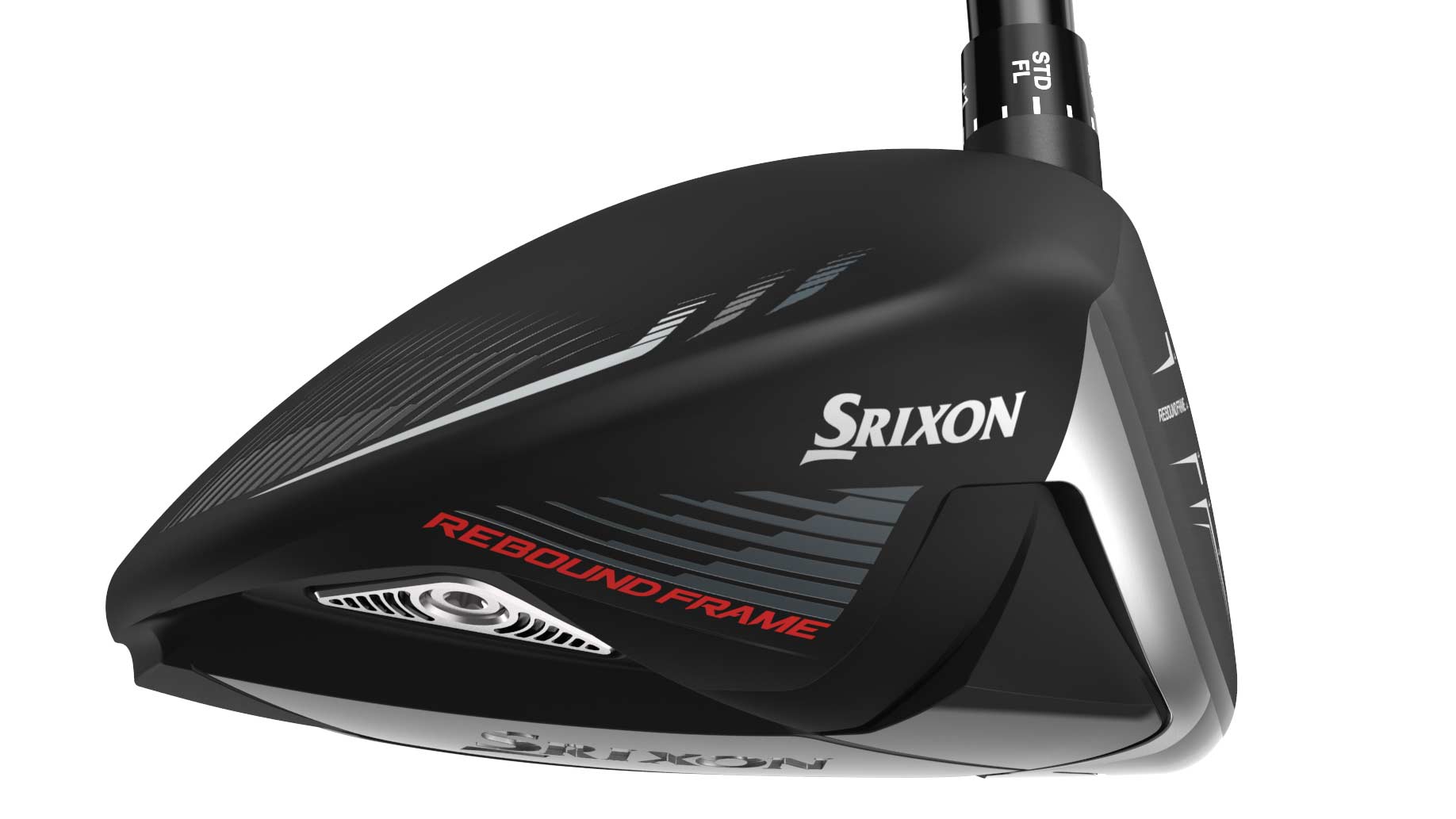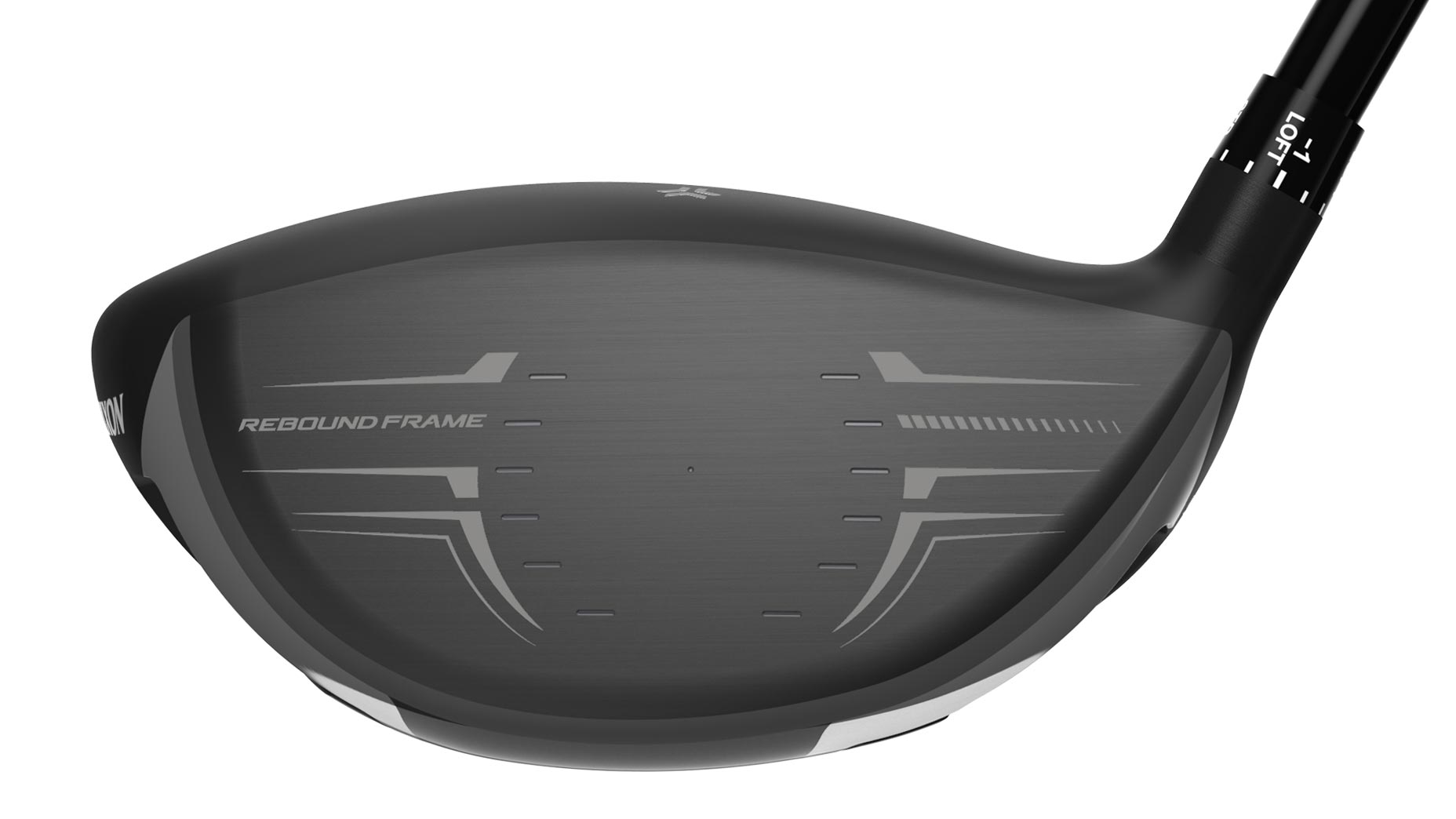Narin An made four straight birdies around the turn and finished with an 8-under 64 Thursday for a one-shot lead in the CME Group Tour Championship.
Are all golf balls the same size? | Gear Questions You’re Afraid to Ask
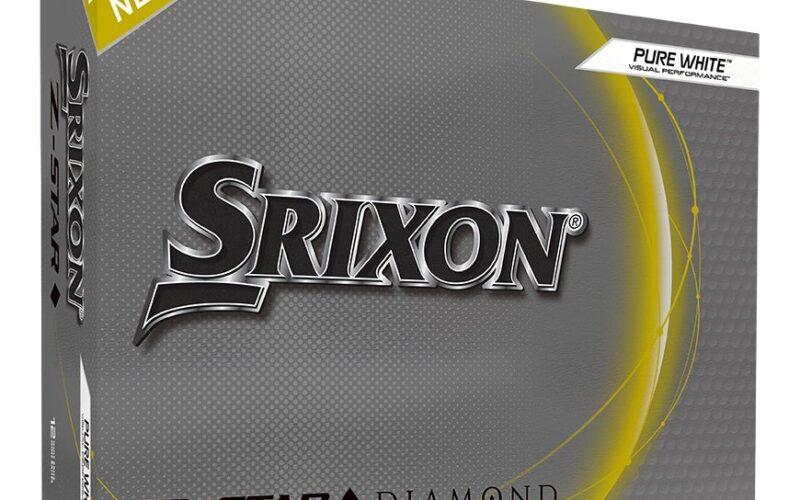
In this edition of Gear Qs, we dive into how you should (and shouldn’t) arrange your golf bag — and also what you should carry in it.
The post Are all golf balls the same size? | Gear Questions You’re Afraid to Ask appeared first on Golf.
In this edition of Gear Qs, we dive into how you should (and shouldn’t) arrange your golf bag — and also what you should carry in it.
The post Are all golf balls the same size? | Gear Questions You’re Afraid to Ask appeared first on Golf.
Welcome to Gear Questions You’re Afraid to Ask, a GOLF.com series produced in partnership with Cleveland/Srixon Golf. This week we discuss the size of golf balls and whether or not they’ve always been the same diameter.
Are all golf balls the same size? – Steve S., Oregon
If you picked up the game in the last 30 years or so (which is a huge group of us), you might not realize that the modern golf ball used to come in different sizes.
Wait, what?
It’s true. Prior to 1990, the USGA and R&A (the UK’s golf governing body based in St. Andrews) had different regulations in terms of what minimum diameter a golf ball ought to be. The USGA has long mandated a 1.68-inch diameter limit (a rule still in effect and the size of virtually every golf ball available today), but the R&A allowed a ball that was a little smaller at 1.62 inches in diameter.
It may not seem like much, but the “British ball” was popular enough that many American players took to using one in the Open Championship because it was believed that the smaller the ball, the less susceptible it is to the wind and the easier it is to get in the hole. If you’re lucky enough to find a smaller golf ball and hold it in your hand alongside a standard 1.68-inch ball, you’ll definitely feel the difference. (You can find the 1.62-inch diameter balls on eBay in case you’re curious.)
Again, it took until 1990 for the USGA and R&A to come to agreement and institute a 1.68-inch minimum diameter for all golf balls. Where things get even more interesting is the lack of restrictions on the opposite end of the spectrum. Meaning, there is no maximum size requirement for golf balls. Some golf ball manufacturers have experimented with larger diameters such as 1.74-inches (and some have actually brought bigger balls to market) but as science has proven time and time again — bigger golf balls simply don’t travel as far as do smaller ones that are the same weight. At least, until the experts figure out a way.
All of our market picks are independently selected and curated by the editorial team. If you buy a linked product, GOLF.COM may earn a fee. Pricing may vary.
Srixon Z-STAR  DIAMOND Golf Ball
DIAMOND Golf Ball
 DIAMOND also delivers the unique benefit of increased spin on long and mid-iron shots.
DIAMOND also delivers the unique benefit of increased spin on long and mid-iron shots.Speaking of mass, modern golf balls can weigh a maximum 1.62 ounces, but there’s no requirement for a minimum weight. And in case you’re wondering, different balls sometimes weigh different amounts. It’s not a lot in terms of variance (we’re talking in most cases a tenth or even a hundredth of an ounce or so from one ball to another), but you may be able to notice if you pick up one ball that weighs 1.61 ounces and another that weighs 1.56 ounces. At least, we can certainly feel the difference.
Speaking of size again, the USGA does not put restrictions on dimple shapes or how many are on a golf ball, rather they do require that the ball have symmetrical dimple patterns so not to influence ball flight in a particular direction. Other limits on golf ball tech include maximum distance and initial velocity — but we won’t get lost in the weeds there because 1) the way those variables are tested is grossly complicated and 2) virtually every ball available at your local golf shop is a conforming one unless it’s marked a novelty, gag or maybe even as an “illegal” distance ball.
And lastly, thanks to modern materials science virtually every ball available today is at zero risk of losing its shape like wound golf balls used to back in the day. Prior to solid golf balls, it wasn’t uncommon to find golf shops selling devices to check the roundness of golf balls to ensure the diameter of the ball is the same all the way around because after a few licks, it wasn’t uncommon for a ball to lose its shape. Today’s solid core golf balls are a different story, rarely losing their roundness and only wearing out due to scratches and scuffs on the cover.
Srixon ZX5 MKII, ZX7 MK II and ZX5 LS MK II Drivers
Want to overhaul your bag for 2023? Find a fitting location near you at GOLF’s affiliate company True Spec Golf. For more on the latest gear news and information, check out our latest Fully Equipped podcast below!
The post Are all golf balls the same size? | Gear Questions You’re Afraid to Ask appeared first on Golf.
